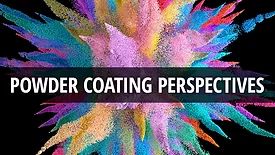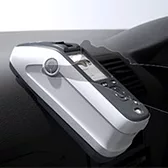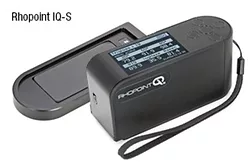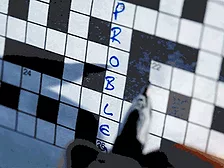Home » Keywords: » gloss meters
Items Tagged with 'gloss meters'
ARTICLES
Evaluating OTE Additives and Their Effects on Key Architectural Coating Properties
Read More
Keep the info flowing with our eNewsletters!
Get the latest industry updates tailored your way.
JOIN TODAY!Copyright ©2025. All Rights Reserved BNP Media.
Design, CMS, Hosting & Web Development :: ePublishing
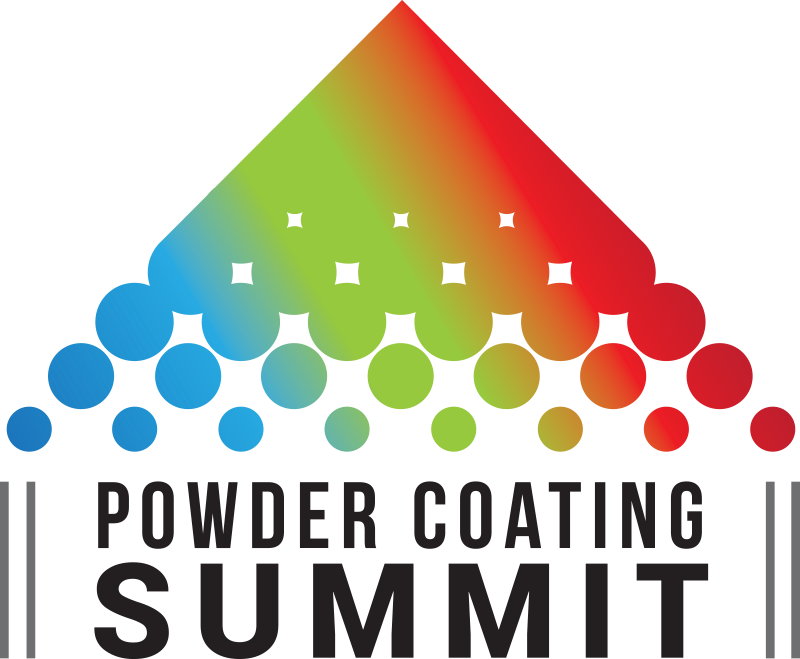
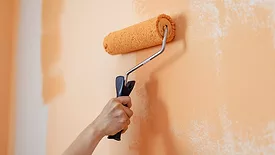
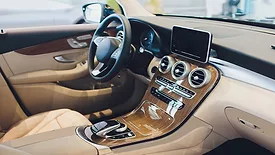
.webp?height=168&t=1737412161&width=275)
